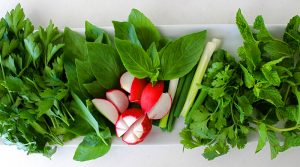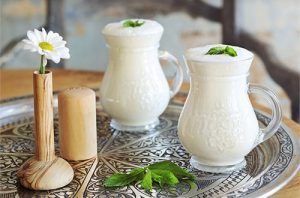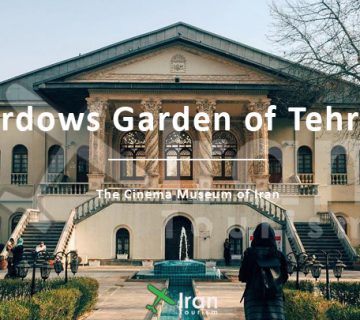Iranian food culture is diverse, But what better way to understand a culture than to taste it? Iranian food culture is one of those cultures that teach you patience and harmony.
Cooking Persian food usually takes 2 or 3 hours, but the longer you wait, the more rewarding it becomes. Spices and herbs have a main role in shaping the overall taste and smell and can be a good choice of souvenir.
Additionally, Iranian drinks and beverages usually play the role of a dessert and are taken after a meal (if hot) or with the meal (if cold). Follow this Iran travel guide to get a clearer sight into what’s happening with Iranian eating habits.
Iranian Food Culture and Eating Habits

Iranian Eating Habits
When you are at an Iranian dinner table, the gestures and the sequence of actions might stun you. But don’t worry. Every act has a reason, and by reading this article, you’ll have a deeper sight of Iranian food culture:
Tarof: the bulk of Iranian cuisine is made from this culture. Once at an Iranian family dinner table, you’ll find it boasting and glowing with many colors and smells. All mouthwatering with promises of joy and fulfillment, But can you stomach all of them? Of course not…!
The first rule of Iranian food culture is: “Tarof.” It is somehow an Iranian eating habit that shows welcoming and friendly gestures of going out of your way (by miles!) to make your guests feel at home.
So they will take your plate and try to feel it up for you. As pleasant as it can be, you need to be aware of your capacity and put your feet down when you think you want no more to eat.
Vegetables at the table: The healthy center of every classic Iranian table is the Salad and the raw green vegetables called: “Sabzi.”

The unique raw taste of green onion (pīyāzche) and parsley (jafarī), along with a couple of radishes (torobche), is what gives every Persian food its authenticity. Don’t judge the odd flavors in advance. Soon you can’t get your hands off it.
Bread and rice: rice and bread are inseparable elements of Iranian food culture. Persians only call these two “food”! Everything else is served by them or eaten with them. Iranian cuisine and culture hold high value for them, and they treat them respectfully at the table. Never spare even a small piece of rice or bread.

Doogh: the most common of Iranian beverages and drinks in Iran is this white sour mixture of water and yogurt. It is believed to have healing powers as well as hypnotic effects. It is usually served cold mixed with herbs and salt. But it is rarely done alongside seafood.
Tahdig: the bottom of the pan that comes in last but wins the favor of everyone. The rice or bread at the bottom of the pan is fried and crispy. Everybody gets a fair share of it, but never enough! The same goes for the bread in which “kebab” is wrapped.
What to Taste, where to Taste It?
Now that you understand Iranian eating habits and food culture, it is time to discuss the most delicious Iranian food. So follow our next article on a journey through Iranian cuisine. On a separate list, we’ll go city by city, telling you what to taste and where to taste it, to spice up your travels.




No comment